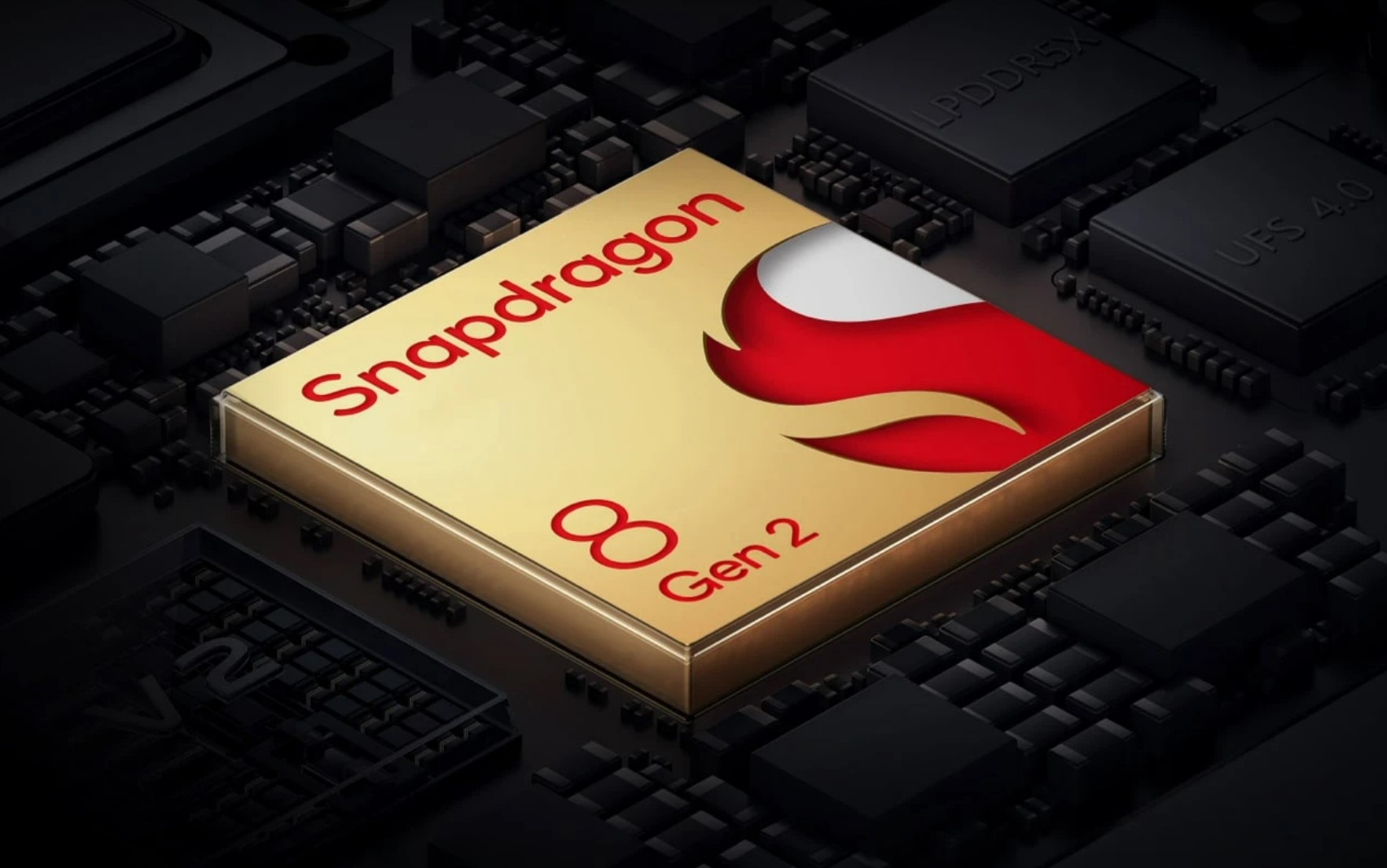OnePlus 11 vs iQOO 11: price, specifications, design and more compared
The OnePlus 11 has finally been unveiled for the global market, including India during the Cloud 11 event. Packing in the Snapdragon 8 Gen 2 chipset, a large AMOLED display, and a set of high-grade cameras, the smartphone closely rivals the iQOO 11 that was launched in early January. In this article, let’s dive into a comparison and look at how the OnePlus and iQOO flagships differ from each other with regard to price, design, camera, battery, and more.
OnePlus 11 vs iQOO 11 price in India
The OnePlus has been launched in India at a starting price of Rs 56,999 for the 8GB RAM + 128GB ROM variant and Rs 61,999 for the 16GB RAM + 256GB storage model.
The iQOO 11 on the other hand is currently available at Rs 59,999 for the 8GB RAM + 256GB variant and Rs 64,999 for the 16GB + 256GB storage.
OnePlus 11 vs iQOO 11: design, display, performance, and camera
With the pricing covered, here are other differentiating aspects of the OnePlus 11 and iQOO 11 in terms of design, display, performance, and cameras.
Design

Starting with the rear design, the OnePlus 11 features a large circular camera housing that seamlessly joins the frame from the left, just like its predecessor, OnePlus 10 Pro. The iQOO 11 on the other hand has gone for a boxy camera module that extends a little bit towards the bottom with a metal-like plate. Coming to the frame, there is an Alert Slider along with the power button on the right side of the OnePlus 11 while the left side carries the volume buttons. As a plus for the iQOO 11, it sports an IR blaster up top along with the power button and volume rockers on the right side of the frame. At the bottom, there is a USB-C port and speaker grille on both handsets.
The OnePlus 11 comes in Titan Black and Eternal Green while the iQOO 11 is available in Alpha (white) and Legend (black) colour options. The Titan Black and Alpha variant of the respective smartphones feature a distinctive back finish.
Display

The OnePlus 11 differentiates itself from the iQOO 11 by having a curved 6.7-inch 2K E4 AMOLED display with LTPO 3.0 technology that can fluctuate the refresh rates between 1Hz to 120Hz according to the content being displayed on the screen. Coming to the iQOO 11, it features a flat 6.78-inch 2K E6 AMOLED panel that is relatively new and power efficient as compared to the E4 panel found on the OnePlus 11. Furthermore, the iQOO 11 also bolsters LTPO 4.0 which helps in saving the battery by seamlessly switching between 1Hz to 120Hz in non-gaming activities.
As for the similarities, both devices come with HDR10+ support on OTT apps, Always On Display, and feature Corning Gorilla Glass Victus protection on the display.
Processor, RAM, and storage

When it comes to performance, the OnePlus 11 and iQOO 11 are well capable of running any graphic-intensive game with ease thanks to the 4nm-based Qualcomm Snapdragon 8 Gen 2 chipset at the core of both devices. However, iQOO goes one step ahead and adds a custom-made V2 chip to the iQOO 11 which allows the device to increase the frame rates to 144FPS in certain games. Both handsets feature large enough cooling and heat dissipation systems to maintain temperatures during heavy workloads such as running high FPS games and recording videos. Touching upon the software skins, the OnePlus 11 comes with Android-13 based OxygenOS 13 whereas the iQOO 11 runs on Funtouch OS 13 which is also built on top of Android 13.
As for the storage configurations, the OnePlus 11 comes with 8GB RAM with 128GB ROM and 16GB RAM with 256GB ROM. While the RAM is based on LPDDR5X, the internal storage comes with UFS 4.0 speeds.
Coming to the iQOO 11, it is also available in two storage options that include 8GB RAM with 256GB ROM and 16GB RAM with 256GB ROM. Just like the OnePlus 11, it also comes with up to UFS 4.0 memory speeds.
Camera

The optics on the OnePlus 11 are taken care of by a triple rear camera setup consisting of an OIS-enabled 50MP Sony IMX890 primary sensor, a 48MP Sony IMX581 ultra-wide-angle sensor, and a 32MP Sony IMX709 2x telephoto camera. In comparison, the iQOO 11 has also gone ahead with triple rear cameras that include a 50MP Samsung GN5 primary sensor with OIS, an 8MP ultra-wide lens, and a 13MP 2x telephoto sensor. With the powerful ISP, both smartphones can record 8K resolution videos through the main cameras. There is also a 16MP selfie unit on the front that is unfortunately restricted to just 1080p at 30FPS for video recordings.
Coming to the interesting part, the OnePlus 11’s cameras are once again tuned in collaboration with Hasselblad, just like its predecessors, the OnePlus 10 Pro, and OnePlus 9 Pro. OnePlus has worked in tandem with Hasselblad to bring colour science expertise to the cameras. The partnership has also allowed both companies to develop exclusive camera modes such as Hasselblad portrait mode and XPan mode to click classical broad images. As for the iQOO 11, it borrows the V2 chip’s capabilities to enhance the cameras which result in detailed and natural images and videos, especially during the night.
A detailed comparison of camera samples can be checked out here.
Battery

A 5000mAh battery unit runs the show on both smartphones. The differences lie in the charging speeds where the OnePlus 11 comes with 100W SUPERVOOC fast charging support while the iQOO 11 features a tad faster 120W FlashCharge charging solution. Neither of the handsets come with wireless charging support. However, buyers may find an adapter within the box of both devices.
For all the latest Technology News Click Here
For the latest news and updates, follow us on Google News.
